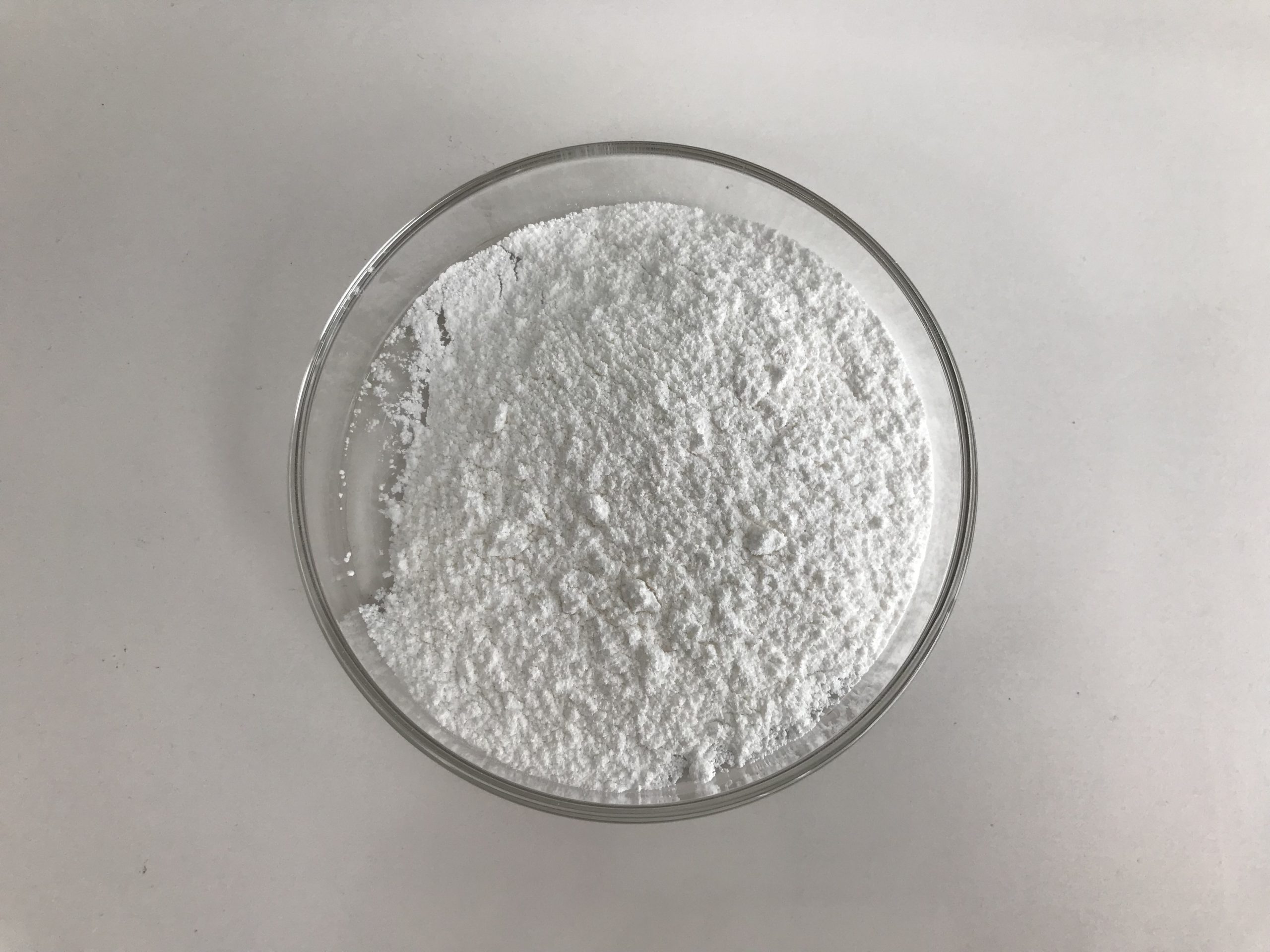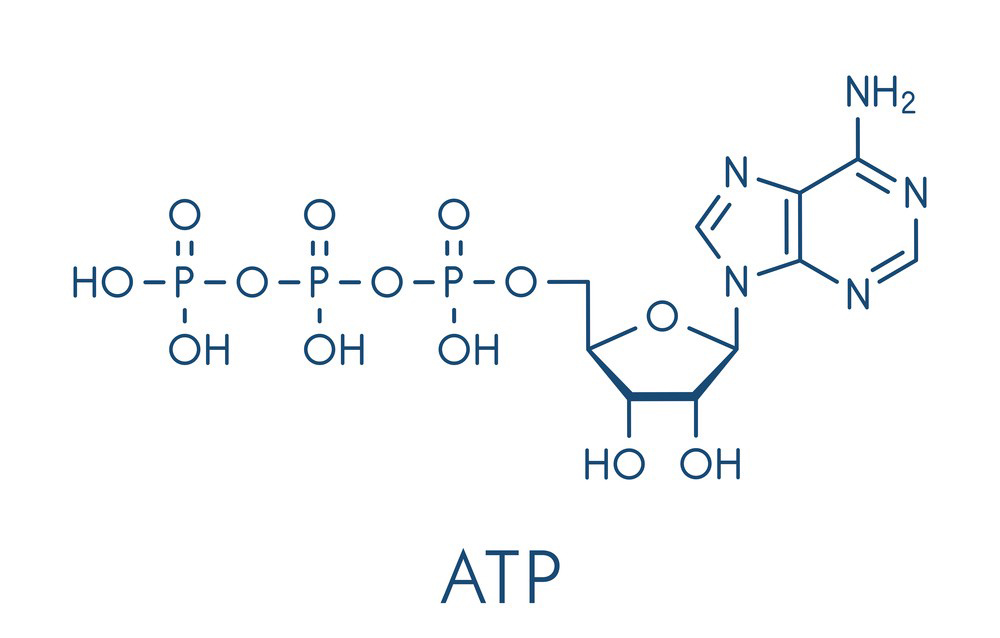Adenosine Triphosphate, commonly known as ATP, is a crucial molecule in cell biology and serves as the primary energy carrier in living organisms. Let’s explore its chemical structure and physical properties:

Chemical Structure:
Adenosine Triphosphate is a nucleotide, meaning it is composed of three main components:
- Adenine: A nitrogenous base, which is a type of organic molecule containing nitrogen. Adenine is a purine base.
- Ribose: A five-carbon sugar molecule that forms the backbone of the nucleotide.
- Three Phosphate Groups: These are the key components that give ATP its energy-carrying capacity. They are attached to the 5′ carbon of the ribose sugar in a chain-like structure.
The chemical formula of ATP is C10H16N5O13P3.
Adenosine Triphosphate can be represented in its structural formula as follows:

Physical Properties:
Adenosine Triphosphate is a water-soluble molecule and occurs primarily in the cytoplasm of cells. Here are some important physical properties of ATP:
- Molecular Weight: The molecular weight of ATP is approximately 507.18 g/mol.
- Solubility: ATP is highly soluble in water and polar solvents due to its hydrophilic phosphate groups.
- Stability: ATP is relatively unstable in its high-energy phosphate bonds. When ATP is broken down to ADP (Adenosine Diphosphate) and inorganic phosphate (Pi) through hydrolysis, energy is released, which is used for cellular processes.
- Energy Carrier: The primary function of ATP is to store and transfer energy within cells. It acts as an energy carrier in various biochemical reactions, providing the necessary energy for processes like muscle contraction, active transport across cell membranes, and synthesis of molecules.
- Phosphorylation: Adenosine Triphosphate participates in phosphorylation reactions, where it donates its phosphate group to specific target molecules, activating or deactivating them in various cellular pathways.
- ATP/ADP Cycle: ATP is continuously synthesized from ADP and inorganic phosphate through cellular respiration in the presence of energy, like in the form of glucose. This forms the ATP/ADP cycle, which sustains the energy needs of living organisms.
Overall, ATP plays a fundamental role in cellular energy metabolism, making it an essential molecule for life as we know it.
